Descripción
Autor: Nathalie Armella Spitalier; Vicente Camacho Lucario; Paulina Franch Gracia Medrano; Carlos Villanueva Avilez
Comer y ser. Raíces gastronómicas de México
El hombre prehispánico dotó a los alimentos, no sólo de un lugar primordial, sino de una importancia vital en su cultura. Productos como el maíz, el frijol, la calabaza, el cacao y el chile encuentran sus orígenes en Mesoamérica y son parte del patrimonio cultural de la humanidad. Este catálogo, editado con motivo de la exposición «Comer y ser. Raíces gastronómicas de México» pretende honrar el vínculo entre los alimentos y la vida del ser humano.
Eating & Being. The Gastronomic Roots of Mexico
Pre-Hispanic man accorded food a central place and a vital importance in his culture. Products such as maize, beans, squash, cacao, and chili have their origins in Mesoamerica and form part of the cultural heritage of humanity. This catalogue, published in connection with the exhibition Eating and Being: The Gastronomic Roots of Mexico, seeks to honor the link between foods and the lives of human beings.
L’être et le manger. Les racines culinaires du Mexique
L’homme précolombien a donné aux aliments une importance vitale mais aussi et surtout une place primordiale dans sa culture. Des produits comme le maïs, le haricot, la courgette, le cacao et le piment trouvent leur origine en Mésoamérique et font partie du patrimoine culturel de l’humanité. Ce catalogue, publié à l’occasion de l’exposition « L’être et le manger. Racines culinaire du Mexique », veut rendre hommage au lien qui unit la vie de l’être humain aux aliments.
Essen und Leben. Die gastronomischen Wurzeln Mexikos
Für den prähispanischen Menschen nahmen die Nahrungsmittel nicht nur einen erstrangigen Platz in seinem Leben ein, sondern sie waren von entscheidender Bedeutung in seiner Kultur. Produkte wie Mais, Bohnen, Kürbis, Kakao und Chili haben ihren Ursprung in Mesoamerika und sind Teil des kulturellen Erbes der Menschheit. Dieser Katalog, der in Verbindung mit der Ausstellung «Comer y ser. Raíces gastronómicas de México» (Essen und Leben. Die gastronomischen Wurzeln Mexikos) herausgegeben wurde, soll die Verbindung zwischen dem Essen und dem Leben der Menschen dokumentieren.
Zutaten, Zeremonie, yauhcentéotl, xiuhtocentéotl, Xilonen Gott mittelamerikanischen Pantheons, Xilonen god Mesoamerican pantheons, Xilonen dieu méso-américain, Xilonen, vanille, vanilla, vainilla, Téotl, tuna, tumba, Träger, trueque, trade, tortillas, tomatoes, tomato, tomates, Tomaten, tomate, Tláloc, Tlatelolco, tlaloque Teotihuacan, tlaloque, Tlalocan, Thunfisch, thon, terrazas, terrasses, Terrassen, terrain, terraces, teotihuacán, Tausch, taupe, tamemes, tamales, tabaco, tabac à priser, stones, Steine, squash, snuff, slash, shrimp, Schrägstrich, Schnupftabak-, sapodilla, sahumador, roza, ritual, rito, Rezepte, recipes, recettes, recetas, Quetzalcoatl, quema, quelite, pêche, pulque, prune, prickly pear, pozole, porteurs, porters, Popol vuh, pochtecas, plumes, plumas, plum, plot, platillos, piña, pineapple, Pilze, pigweed, pierres, piedras, Pflaume, Pfeffer, pesca, pepper, pepitas, peanuts, pato, parcela, papaye, papaya, panthéons, panteones mesoamericanos, oro, Opfer, ofrenda, offering, nourriture, nopal, nixtamalization Schüssel, nixtamalization bowl, nixtamalization, nixtamalización, mushrooms, Muscheln, mole, milpa, miel, metate, mercado, maïs, maíz, mazorca, Maulwurf, Markt, market, marché, mamey, Maiskolben, lobster, les tomates, Lebensmittel, le troc, le rituel, le poivre, le coton, le calendrier agricole, le cacao, langosta, landwirtschaftliche Kalender, Landwirtschaft, l’échange, l’or, l’offre, l’agriculture, Kürbis, kosmos, Kornfeld, Kannibalismus, Kakao, jitomate, Jagd, iztaccentéotl, irrigation, irrigación, intercambio, ingredients, ingredientes, indios, Indiens, Indians, Indianer, incense burner, Ilamatecuhtli, hunting, Hummer, huitlacoche, Honig, hongos, honey, homard, Hispanic, haricots, Handel, Gummi, gum, guayaba, Guaven, guava, Grundstück, goyave, gomme, gold, Garnelen, Fuchsschwanz, frijol, Fray Diego Duran, Fray Bernardino de Sahagún, Fray Bartolomé de las Casas, food, fishing, figue de barbarie, Feigenkaktus, Federn, feathers, exchange, esquite, Erdnüsse, epazote, Ente, enfrijoladas, Duftlampe, duck, dios, cérémonie, cymbals, cymbales, crevettes, cozticcentéotl, courges, cotton, cosmos, cornfield, corn cob, conque, conch, commerce, comercio, cocoa, civilization, civilisation, ciruela, chía, chinampas, chile, chicozapote, Chicomecóatl, chicle, chayote, chasse, champignons, champ de maïs, ceremony, ceremonia, Centéotl, caracol, cannibalisme, cannibalism, canibalismo, canard, camarón, calendario agrícola, calabaza, cajete, cacería, cacao, cacahuates, burn, brûlure, brûleur d’encens, Bohnen, Bewässerung, Bernal Díaz del Castillo, Becken, beans, Baumwolle, barter, avocat, avocado, autel, Austausch, atole, arachides, Angeln, ananas, amaranto, amaranth, amarante, altar, alimentación, algodón, aguacate, agriculture, agricultural calendar, agricultura,

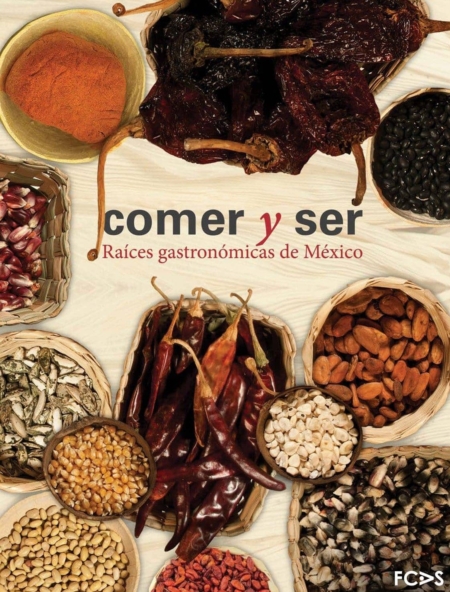

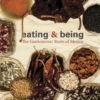
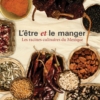
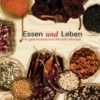
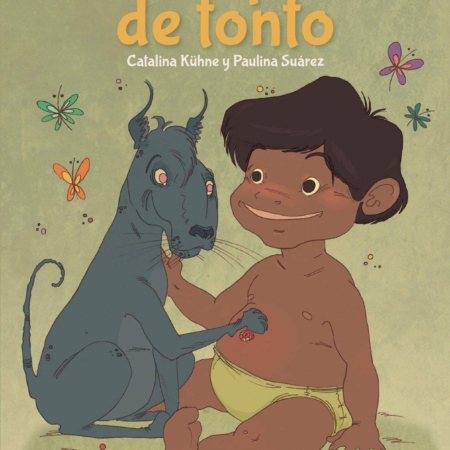
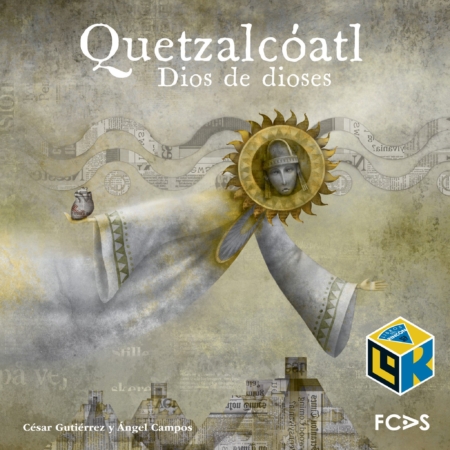
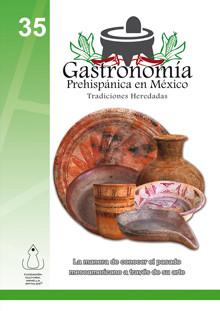
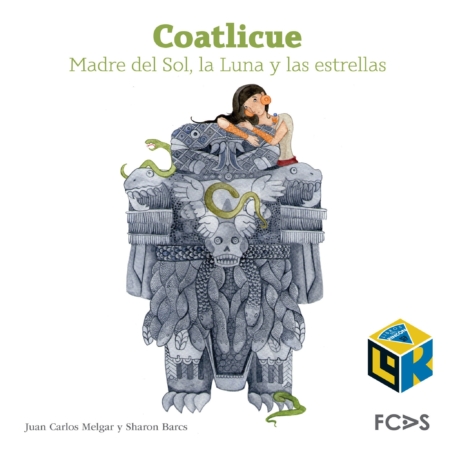
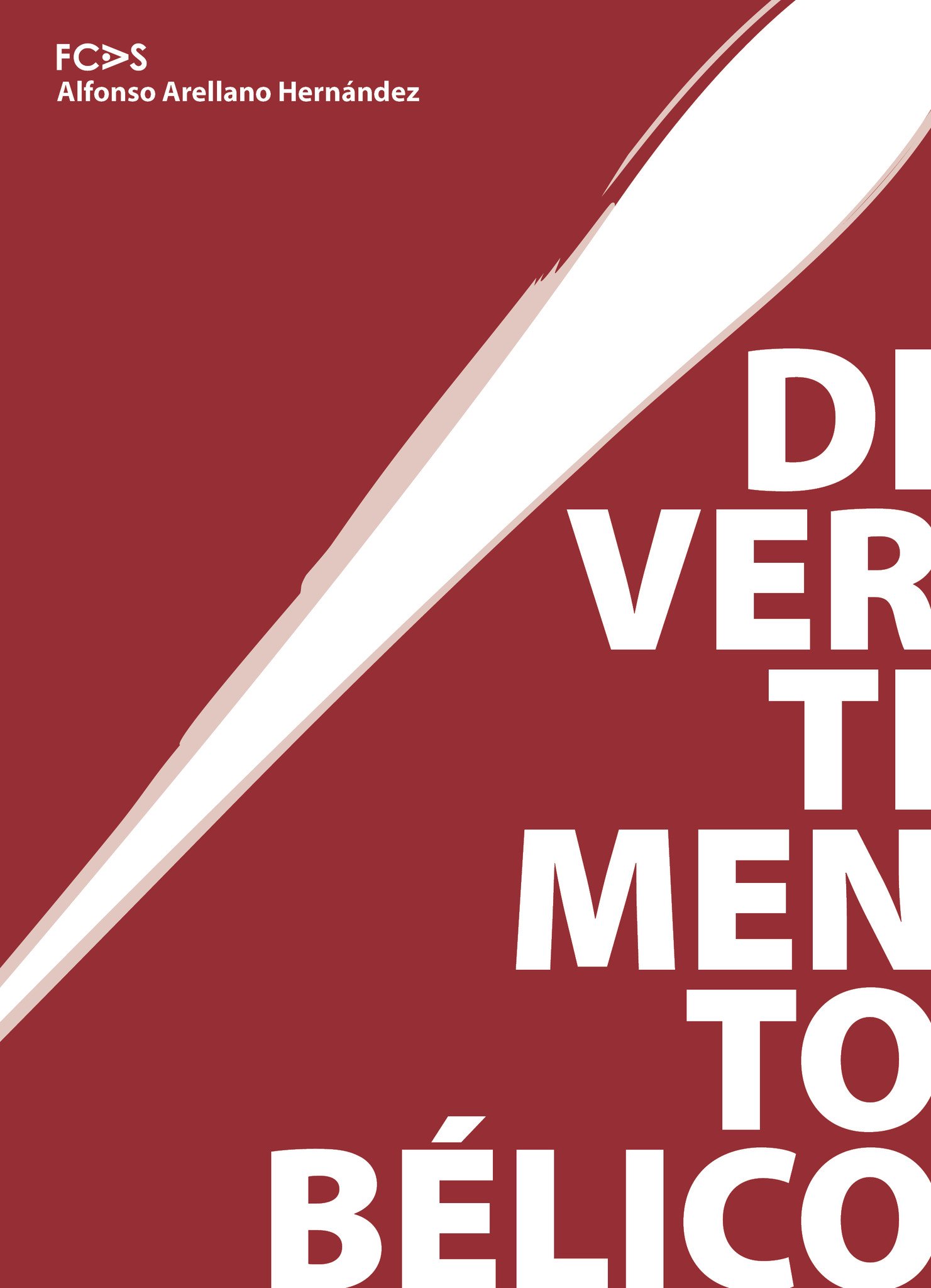
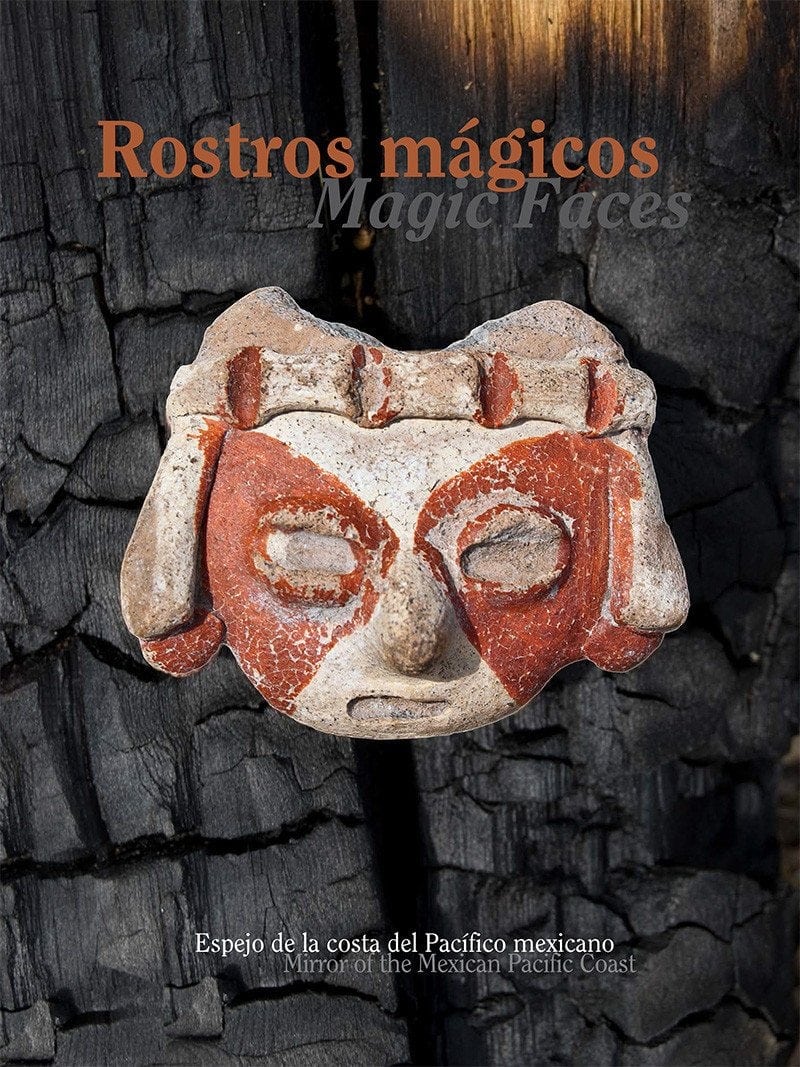
Valoraciones
No hay valoraciones aún.